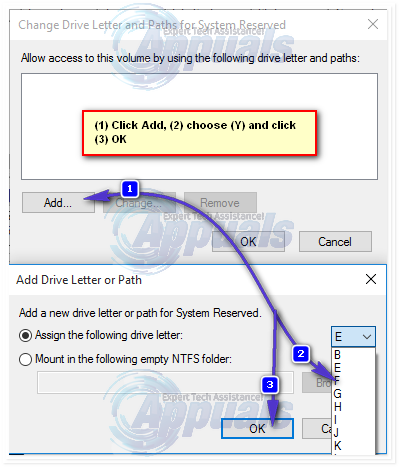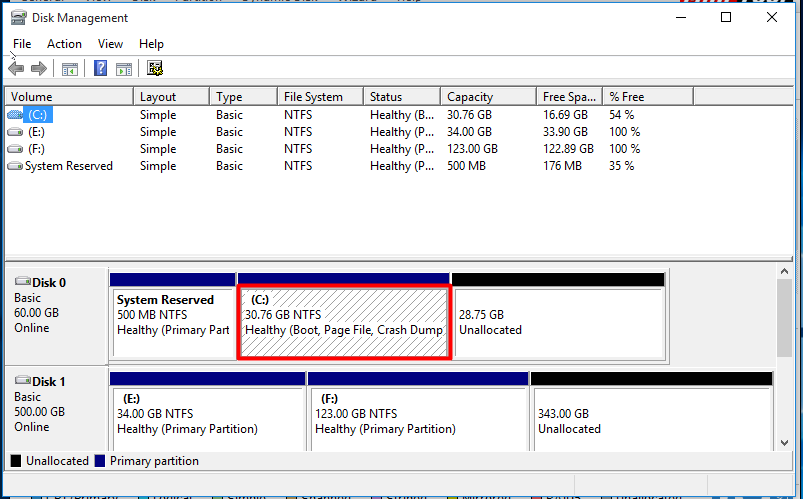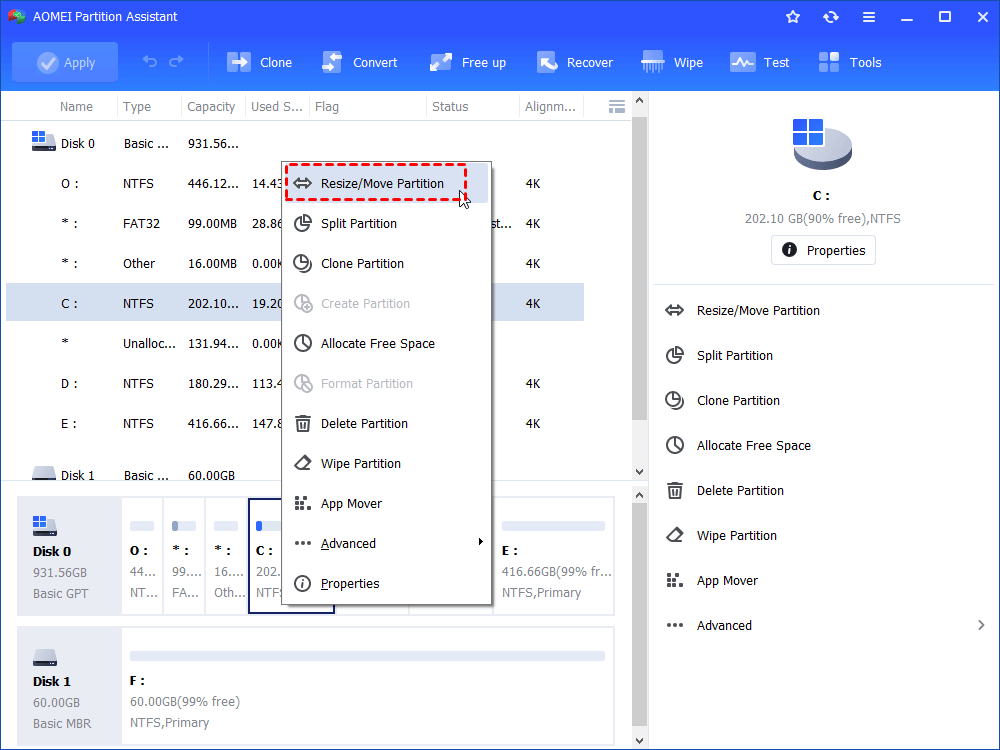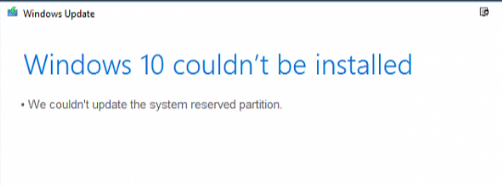

The Disk Management window will be displayed (may take several seconds to scan the drives).

Type diskmgmt.msc into the Open box and click the OK button.Press WinKey+R (press and hold the Windows key and press R) to open the Run dialog.+ To allow access to the System Reserved partition, use Disk Management to assign a drive letter to it:.If Windows boots to the Start screen (e.g. Part 1 - Copy the Booting Files and Configure the Windows Partition for Booting Will most likely result in a non-booting system unless using a boot

Installed to a logical partition, removing the System Reserved partition Ultimate/Enterprise, Windows 8 Pro/Enterprise, Windows 10 Pro) and areĬurrently using or plan to use BitLocker, do not remove the SystemĪssume that the Windows partition is a primary partition. Version of Windows that supports BitLocker (e.g. Information can be found in this Microsoft KB article. An example wouldīe that you've formatted the Windows partition with 8K clusters. You will not be able to move the booting files to it. If your Windows partition does not have 4K clusters (optionally) remove the System Reserved partition.īooting files must reside on a partition with a NTFS cluster size of 4K To the Windows partition, apply the necessary BCD file corrections, and The size of this partition variesĭepending on the Windows version, but is usually 100MB to 500MB.Ĭopy the Windows booting files and Windows RE (Windows 8.x/10 only) Windows SetupĬreated the System Reserved partition containing the booting files and a NTFS partition was not specified as the destination. As a result, booting directly from the Windowsĭuring the installation of Windows, a previously created primary Windows setup created a System Reserved partition and installed theīooting files on it. Do not attempt to perform this procedure on UEFI systems where Windows is installed on a GPT drive.

Important: This article covers removing the System Reserved partition created when installing Windows 7/8.x/10 on a MBR drive.


 0 kommentar(er)
0 kommentar(er)
